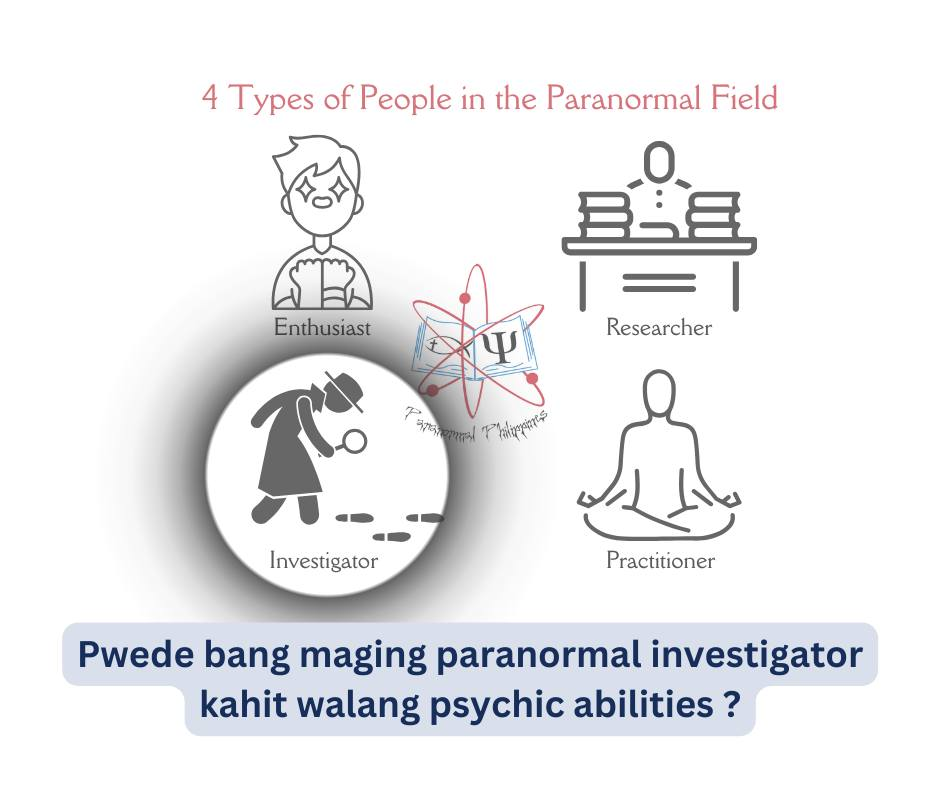Equipment Calibration – Concise Guide
This is a concise version of the Society for Psychical Research (SPR)’s guide to calibrating equipment for paranormal investigations.
Why Calibrate?
-
Ensures greatest accuracy.
-
Allows comparison of data from different devices.
Comparative Calibration
-
Use one device as the master reference.
-
Place devices together (e.g., thermometers in a box for 10+ minutes).
-
Note differences → apply correction factors to non-master devices.
-
Works for thermometers, EMF meters, and other environmental devices.
-
For precision, compare across varied conditions (hot/cold).
Set the Time
-
All devices and team members must use the same time reference.
-
Choose a master (smartphone preferred for accuracy).
-
Synchronize: data loggers, cameras, recorders, and personal watches.
Analogue Devices
-
Many allow manual adjustment (e.g., screw setting).
-
Align display with known conditions.
Commercial Calibration
-
Some equipment can come with or be sent for certified calibration.
-
Useful only if highly accurate data is required.
-
Expensive and must be repeated periodically.
Emissivity (for thermal devices)
-
Adjust for material surface properties (range 0–1).
-
Most building materials: 0.90–0.98.
-
General use: set to ~0.95–0.98.
-
Ensure all similar devices use the same emissivity factor.
Best Practices
-
Always check settings before each investigation.
-
Label each device with its correction factor.
-
Recalibrate at least twice per year.
-
Never assume accuracy just because a device was calibrated—verify.
Further Reading
-
Using Equipment: Guidance Notes for Investigators (SPR) – available via SPR website or Amazon.



Comments
Post a Comment